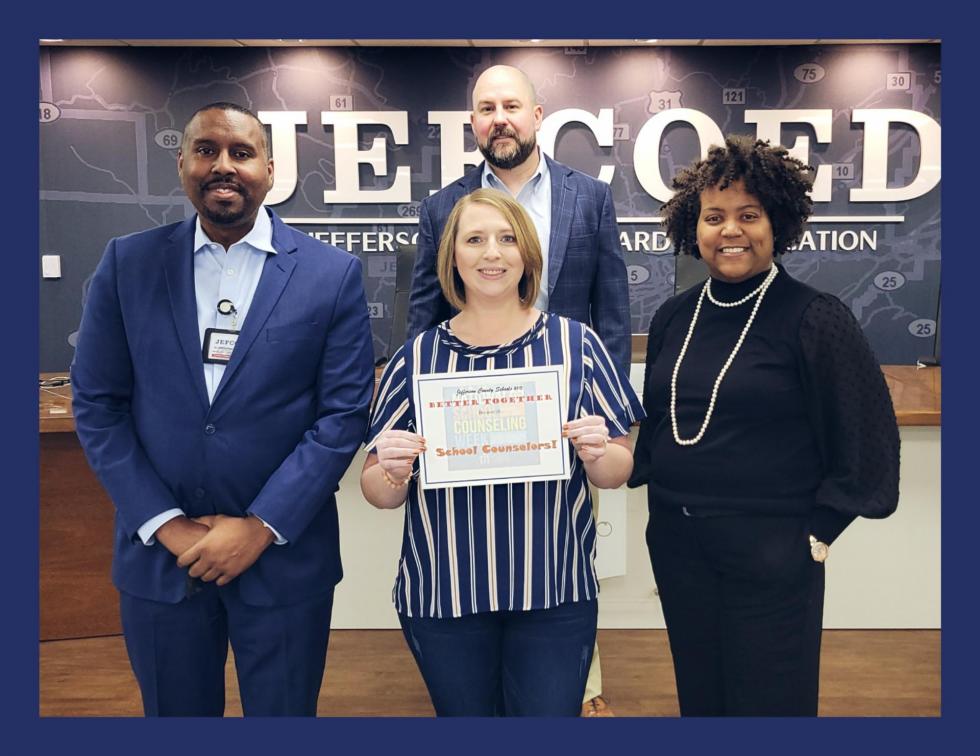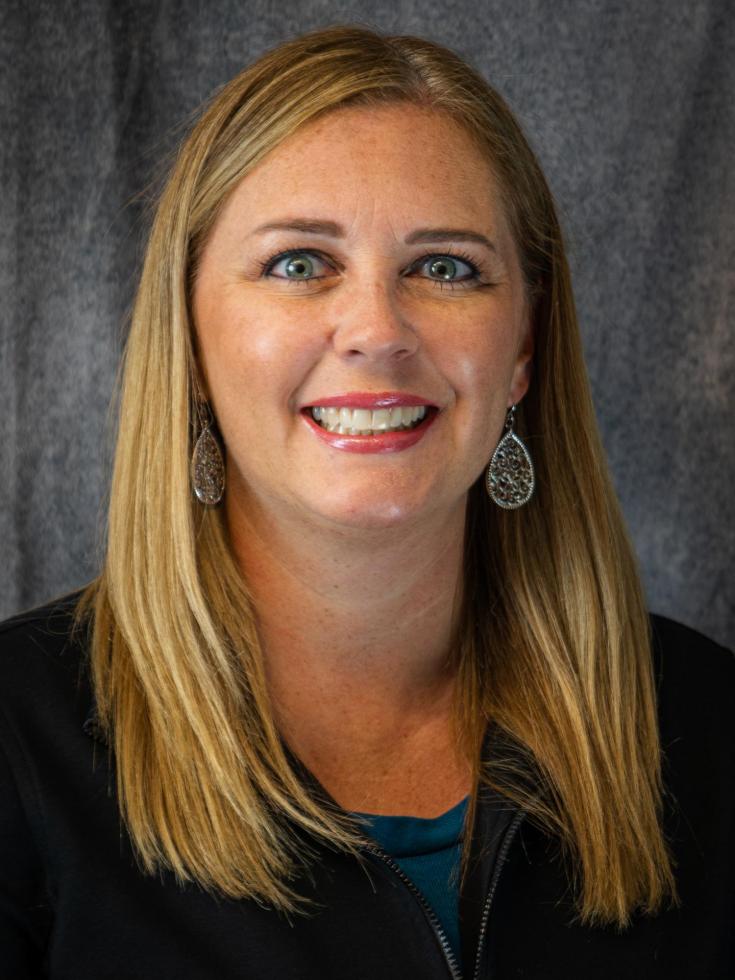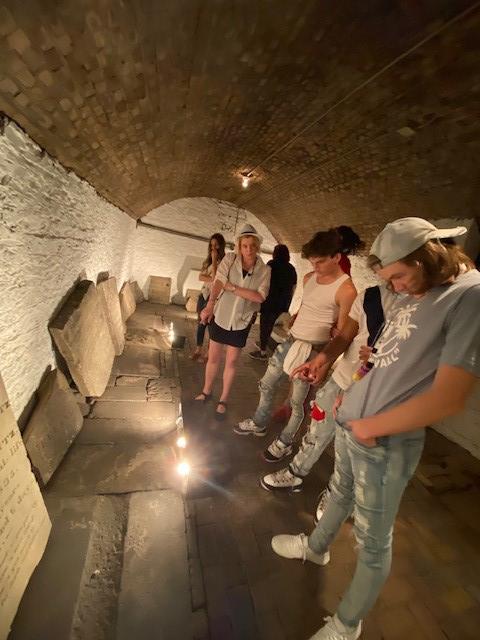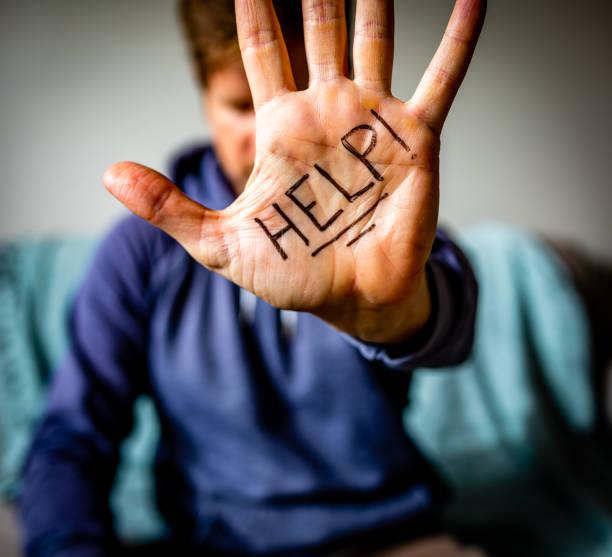School and District Strategies for Addressing Student Mental Health Crises
As we approach two full years of pandemic-related school closures and disruptions, more schools are reporting crisis-level threats to students’ mental health and social and emotional well-being.
Emotions are running high as students are thrown back into social situations after a year or more of isolation. Anxiety and depression are on the rise. More students are dying by suicide, and waitlists of those seeking school-based therapy are long.
This year, teachers and students are struggling to make up academic losses after many months of all-virtual schooling. Schools are playing catch-up to close learning gaps. But we may be at a point at which students’ mental health needs trump academics. Students can’t learn when their most fundamental physical, emotional and psychological needs go unmet. Without some intervention, their futures — and ours as a nation — look bleak.
Before the pandemic, the Centers for Disease Control and Prevention reported that nearly one in five American children had a mental disorder, such as depression, anxiety, substance abuse, physical abuse and more. Every educator knows the signs: Students are afraid to be in school or other social places, worry about terrible things happening, feel sad, hopeless or worthless, experience declining grades, exhibit disruptive behavior or skip school.
A national survey of 3,300 students aged 13-19 conducted in spring 2020 found that more than one in four students reported increased episodes of losing sleep because of worry, feeling unhappy, depressed or constantly under strain, or experiencing a loss of self-confidence. A significant majority of students said no adults at school shared resources that could help.
These numbers tell only part of the story. Behind them are real people and real pain, and more schools are recognizing how important it is to identify students with emotional and mental health needs early and take steps to help them heal and thrive.
This blog, Part 1 of a two-part series, details some of the strategies schools and districts large and small are using to address students’ mental health needs before they become emergencies.
Jefferson County School District — Alabama
Even before COVID, students were dealing with problems at home and mental health issues like depression and anxiety — but the pandemic exacerbated them, notes Scott Mohon, director of assessment, accountability and student support services in Jefferson County School District. This Alabama district serves approximately 38,000 students in 58 schools.
“We had students who were traumatized from having school removed from being part of their routine,” says Mohon. So many things were snatched away: seeing friends regularly, getting a healthy meal or receiving help from the school counselor. When schools shut down, many activities in the community did, too. Some students lost family members to COVID.
When schools reopened in 2021, many students reported struggling with depression, anxiety and suicidal ideation and sought help from school counselors. This year, at least once or twice a week, students have made attempts to take their own lives, reports Mohon. “We have physically had to accompany parents to the ER to help facilitate emergency hospitalization due to suicidal ideation,” says Mohon. Over the past five years, Mohon says two to three students in the district have died by suicide each year.
School Social Workers Making a Difference
 Jefferson County knew it needed
more therapists and social workers. Thanks to the federal
Elementary and Secondary School Emergency Relief fund, money
became available to hire them. In fall 2020, a state grant
allowed the district to hire a mental health services coordinator
and four full-time licensed clinical social workers known as the
CARES (Comprehensive Assistance Resources Education Support)
team. The CARES team hit the ground running in January 2021.
Jefferson County knew it needed
more therapists and social workers. Thanks to the federal
Elementary and Secondary School Emergency Relief fund, money
became available to hire them. In fall 2020, a state grant
allowed the district to hire a mental health services coordinator
and four full-time licensed clinical social workers known as the
CARES (Comprehensive Assistance Resources Education Support)
team. The CARES team hit the ground running in January 2021.
“We were completely overwhelmed — in a good way,” notes Mohon.
The social workers took on roughly 15 schools each out of the district’s 58 schools, where they now provide three tiers of support ranging from shorter-term strategies for chronic absenteeism to months-long intensive help.
Multi-Tiered Systems of Support
Tier 1 includes services that impact the entire school or student population, such as holding schoolwide assemblies and informing students about good mental health practices — for example, what to do when you get angry or strategies for coping with depression and anxiety.
Tier 2 provides more structured supports for specific students on a short-term basis. CARES team and/or school staff may contact a student and their family to determine why they are missing school and co-develop a plan to get them back in class.
Tier 3 is the highest level of support. Students who have emotional, behavioral or academic issues are added to a social worker’s regular caseload. The social worker does an assessment to identify problems and meets with the student’s parent or guardian to devise a treatment plan.
Mohon reports the CARES team has stepped in to help faculty cope with emotional issues, too.
Addressing Students’ Mental Health Is Here to Stay
Everyone is looking forward to a time when things go back to normal and everything is okay. “But I don’t think the need for these services is going away. Mental health services and support need to become as common in schools as libraries and school lunches,” states Mohon.
Contact: Scott Mohon, smohon@jefcoed.com.
Deer Park Schools — Ohio
Deer Park Schools, a small suburban district in Cincinnati, Ohio, serves about 1,300 students in grades K-12. Students’ social, emotional and mental health issues mirror those of larger districts. Students struggle with adverse childhood experiences and forms of trauma — abuse, neglect, evictions, divorce and death — all things that fall outside of a school’s control but greatly impact it, nonetheless.
 “We’ve had students with anxiety
and depression in the past, but it feels like with COVID, the
intensity has become more acute and the number of referrals to
mental health services have gone up,” notes Stace Orso, assistant
superintendent of Deer Park Schools.
“We’ve had students with anxiety
and depression in the past, but it feels like with COVID, the
intensity has become more acute and the number of referrals to
mental health services have gone up,” notes Stace Orso, assistant
superintendent of Deer Park Schools.
Before the pandemic, the district hired a full-time on-staff therapist at both the elementary school and Deer Park Jr./Sr. High School, but Orso says more therapists are needed.
Students’ trauma often plays out in increased disciplinary referrals for fights or other disruptive behavior. In the past, many students were given in-school or out-of-school suspensions — a practice Orso fundamentally disagrees with, so the district has sought positive, proactive ways to deal with disciplinary problems.
Proactive Programs and Strategies
In the 2018-19 school year, the Jr./Sr. high school created a Mindfulness Room to cut down on suspensions. When students get angry or frustrated, they can go to the room to “cool off, reset and self-regulate,” says Orso.
The room is staffed by the dean of students and a student team known as the Hope Squad, a peer-to-peer suicide prevention team that’s trained in a strategy called QPR — question, persuade, refer. “We are not training our students to be therapists. We are training them to do triage and assess and make a referral when they feel it’s necessary,” says Orso.
The Mindfulness Room contains tools like stress balls, a punching bag, music, puzzles, yoga mats and incense. The Hope Squad, the first point of contact when students enter the room, helps students identify whether they need assistance from an adult or whether resources in the room will help them de-escalate enough to calm down and later return to class.
When students enter and exit the room, they are asked to rate their emotions on a scale of one to 10. School data show most students rate their emotions at seven or higher when entering, and at four or lower when they exit. On average, students stay in the room for 20 minutes before returning to class. The majority, nearly 70%, say that talking to someone, whether another student or an adult, most helps them cool off.
The Hope Squad also sponsors activities that promote good mental health and posts resources like a suicide tip line and helpline and other educational materials for students to use.
Run by a therapist from a local agency, the H3 Academy is a spinoff of a day treatment or partial hospitalization program, says Orso. Students who return to the Jr./Sr. High School from outplacement programs enroll in the H3 Academy for group therapy support. Although students in the program usually have an individual therapist, they also benefit from a second tier of care, notes Orso. Students typically remain in the H3 Academy for a year — all paid for by the district.
 To better serve its students
in-house, Deer Park Schools opened its own alternative
school, Deer Park Discovery, last year.
Housed at the district’s Central Office, Deer Park Discovery
enrolls about 20 students at the high school level.
To better serve its students
in-house, Deer Park Schools opened its own alternative
school, Deer Park Discovery, last year.
Housed at the district’s Central Office, Deer Park Discovery
enrolls about 20 students at the high school level.
The district hired a professional care coordinator to come in once a week to assess students’ needs and connect students and families with outside resources for mental health, food or housing services, and more. A behavior coach also visits once a week.
The Deer Park Discovery teacher, certified in career-based interventions, teaches academic subjects, provides coaching and assists students in finding jobs. When students leave the academy each day, they can either return home or go to work; students can also earn academic credits by working.
It’s Working!
Since instituting these proactive strategies in recent years, Shane Hartley, former principal at Deer Park Jr./Sr. High School, reports that outside of the COVID shutdown period, discipline referrals sank from 5.2 referrals per day in 2018-19 to 1.2 per day in 2020-21. He also says in- and out-of-school suspensions went down by 80%.
Contact: Stace Orso, orso.s@dpccsd.org.


